
Deutsch-Chinesische Enzyklopädie, 德汉百科
 Turkey
Turkey
 Australia
Australia
 Belgium
Belgium
 Chile
Chile
 Denmark
Denmark
 Germany
Germany
 Estonia
Estonia
 Finland
Finland
 France
France
 Greece
Greece
 Ireland
Ireland
 Iceland
Iceland
 Israel
Israel
 Italy
Italy
 Japan
Japan
 Canada
Canada
 Luxembourg
Luxembourg
 Mexico
Mexico
 New Zealand
New Zealand
 Netherlands
Netherlands
 Norwegen
Norwegen
 OECD
OECD
 Emiel van Lennep
Emiel van Lennep
 OECD
OECD
 Don Johnston
Don Johnston
 OECD
OECD
 Jean-Claude Paye
Jean-Claude Paye
 OECD
OECD
 José Ángel Gurría
José Ángel Gurría
 OECD
OECD
 Staffan Sohlman
Staffan Sohlman
 OECD
OECD
 Thorkil Kristensen
Thorkil Kristensen
 Austria
Austria
 Poland
Poland
 Portugal
Portugal
 Republic of Korea
Republic of Korea
 Sweden
Sweden
 Switzerland
Switzerland
 Slovakia
Slovakia
 Slovenia
Slovenia
 Spain
Spain
 Czech Republic
Czech Republic
 Turkey
Turkey
 Hungary
Hungary
 United States
United States
 United Kingdom
United Kingdom

 Important International Organizations
Important International Organizations
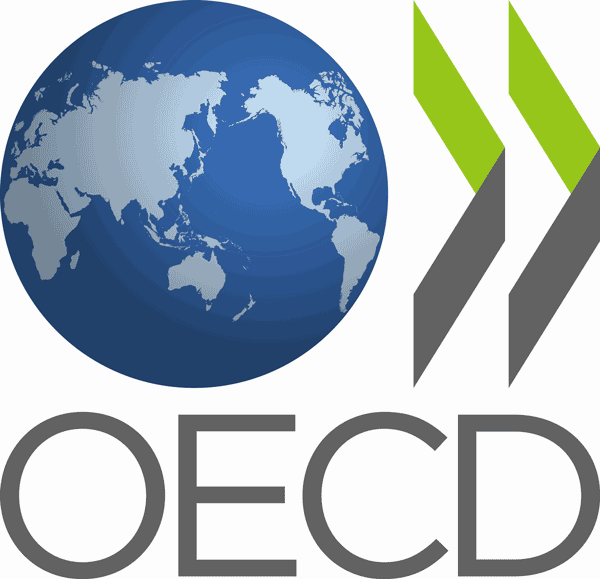
経済協力開発機構(けいざいきょうりょくかいはつきこう)は、国際経済全般について協議することを目的とした国際機関。公用語の正式名称は、英語では"Organisation[1] for Economic Co-operation and Development"(イギリス英語表記)、フランス語では"Organisation de Coopération et de Développement Economiques"。略称は英語ではOECD、フランス語ではOCDE。
本部事務局はパリ16区の旧ラ・ミュエット宮殿に置かれている。事務総長はアンヘル・グリア。
The Organisation for Economic Co-operation and Development (OECD; French: Organisation de Coopération et de Développement Économiques, OCDE) is an intergovernmental economic organisation with 37 member countries,[1] founded in 1961 to stimulate economic progress and world trade. It is a forum of countries describing themselves as committed to democracy and the market economy, providing a platform to compare policy experiences, seek answers to common problems, identify good practices and coordinate domestic and international policies of its members. Generally, OECD members are high-income economies with a very high Human Development Index (HDI) and are regarded as developed countries. As of 2017, the OECD member countries collectively comprised 62.2% of global nominal GDP (US$49.6 trillion)[3] and 42.8% of global GDP (Int$54.2 trillion) at purchasing power parity.[4] The OECD is an official United Nations observer.[5]
In 1948, the OECD originated as the Organisation for European Economic Co-operation (OEEC),[6] led by Robert Marjolin of France, to help administer the Marshall Plan (which was rejected by the Soviet Union and its satellite states).[7] This would be achieved by allocating United States financial aid and implementing economic programs for the reconstruction of Europe after World War II. (Similar reconstruction aid was sent to the war-torn Republic of China and post-war Korea, but not under the name "Marshall Plan".)[8]
In 1961, the OEEC was reformed into the Organisation for Economic Co-operation and Development by the Convention on the Organisation for Economic Co-operation and Development and membership was extended to non-European states.[9][10] The OECD's headquarters are at the Château de la Muette in Paris, France.[11] The OECD is funded by contributions from member countries at varying rates and had a total budget of €386 million in 2019.[2]
Although OECD does not have a power to enforce its decisions, which further require unanimous vote from its members, it is recognized as highly influential publisher of mostly economic data through publications as well as annual evaluations and rankings of members countries.[12]
L'Organisation de coopération et de développement économiques (OCDE) est une organisation internationale d'études économiques, dont les pays membres — des pays développés pour la plupart — ont en commun un système de gouvernement démocratique et une économie de marché. Elle joue essentiellement un rôle d'assemblée consultative1.
L'OCDE a succédé à l'Organisation européenne de coopération économique (OECE) issue du plan Marshall et de la Conférence des Seize (Conférence de coopération économique européenne) qui a existé de 1948 à 1960. Son but était l'établissement d'une organisation permanente chargée en premier lieu d'assurer la mise en œuvre du programme de relèvement commun (le plan Marshall), et, en particulier, d'en superviser la répartition2.
En 2020, l'OCDE compte 37 pays membres et regroupe plusieurs centaines d'experts. Elle publie fréquemment des études économiques et sociales — analyses, prévisions et recommandations de politique économique — et des statistiques, principalement concernant ses pays membres.
Le siège de l'OCDE se situe à Paris (16e), au château de la Muette. L'organisation possède également des bureaux dans plusieurs autres métropoles, notamment à Berlin, Mexico, Tokyo et Washington.
L'Organizzazione per la cooperazione e lo sviluppo economico (OCSE) – in inglese Organization for Economic Co-operation and Development (OECD), e in francese Organisation de coopération et de développement économiques (OCDE) – è un'organizzazione internazionale di studi economici per i paesi membri, paesi sviluppati aventi in comune un'economia di mercato.
L'organizzazione svolge prevalentemente un ruolo di assemblea consultiva che consente un'occasione di confronto delle esperienze politiche, per la risoluzione dei problemi comuni, l'identificazione di pratiche commerciali e il coordinamento delle politiche locali e internazionali dei paesi membri[1]. Ha sede a Parigi nello Château de la Muette[2].
Gli ultimi paesi ad aver aderito all'OCSE sono la Colombia (28 aprile 2020),la Lettonia (1º luglio 2016) e la Lituania (5 luglio 2018), per un totale di 36 paesi membri.
La Organización para la Cooperación y el Desarrollo Económico1 (OCDE) es un organismo de cooperación internacional, compuesto por 37 estados,34 cuyo objetivo es coordinar sus políticas económicas y sociales. La OCDE fue fundada en 1961 y su sede central se encuentra en el Château de la Muette en París (Francia). Los idiomas oficiales de la entidad son el francés y el inglés.2
En la OCDE, los representantes de los países miembros se reúnen para intercambiar información y armonizar políticas con el objetivo de maximizar su crecimiento económico y colaborar a su desarrollo y al de los países no miembros.
Conocida como «club de los países ricos»,56 a partir de 2017, sus países miembros comprendieron colectivamente el 62,2 % del PIB nominal global (US$49,6 billones) y el 42,8 % del PIB global (Int US$54,2 billones).7
Организа́ция экономи́ческого сотру́дничества и разви́тия (сокр. ОЭСР, англ. Organisation for Economic Co-operation and Development, OECD) — международная экономическая организация развитых стран, признающих принципы представительной демократии и свободной рыночной экономики.
Создана в 1948 году под названием Организа́ция европе́йского экономи́ческого сотру́дничества (англ. Organisation for European Economic Co-operation, OEEC) для координации проектов экономической реконструкции Европы в рамках плана Маршалла.
Штаб-квартира организации располагается в Шато де ла Мюетт, в Париже. Генеральный секретарь (с 2006 года) — Хосе Анхель Гурриа Тревиньо (Мексика). Руководящим органом ОЭСР является совет представителей стран — членов организации. Все решения в нём принимаются на основе консенсуса.
По данным на 2011 год, в странах ОЭСР проживало 18 % населения мира[2].
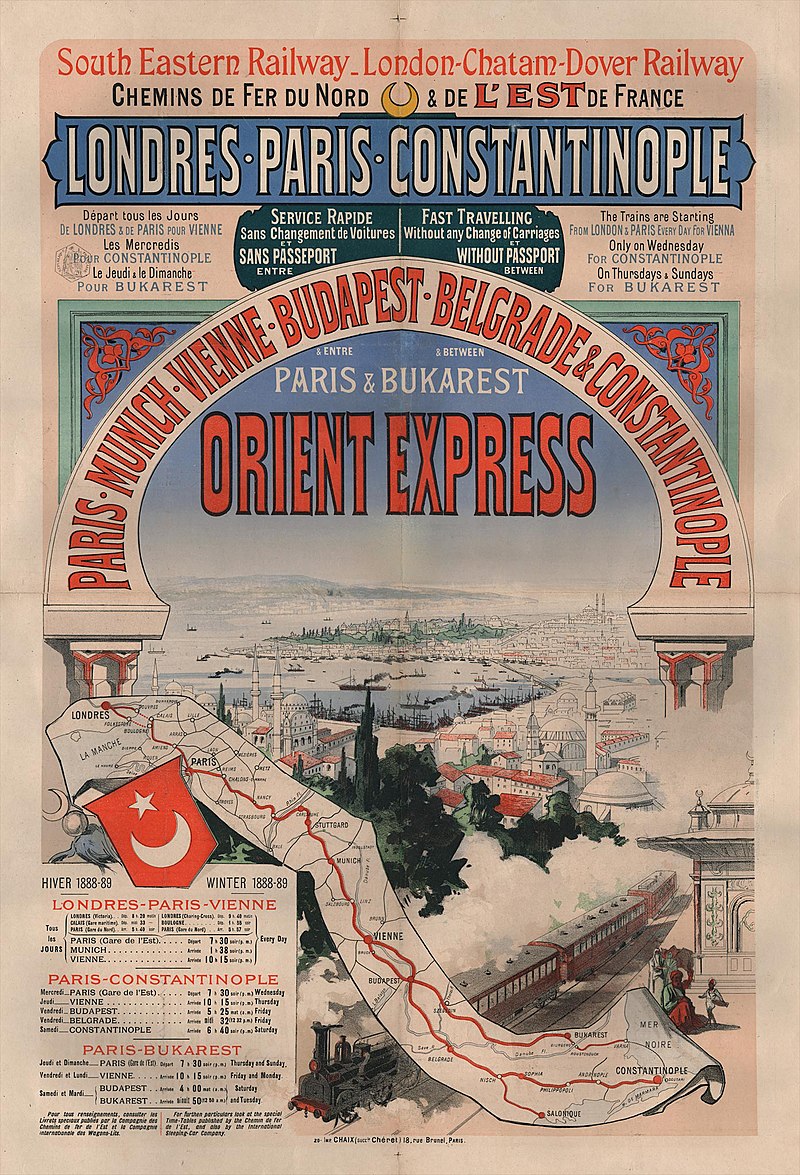
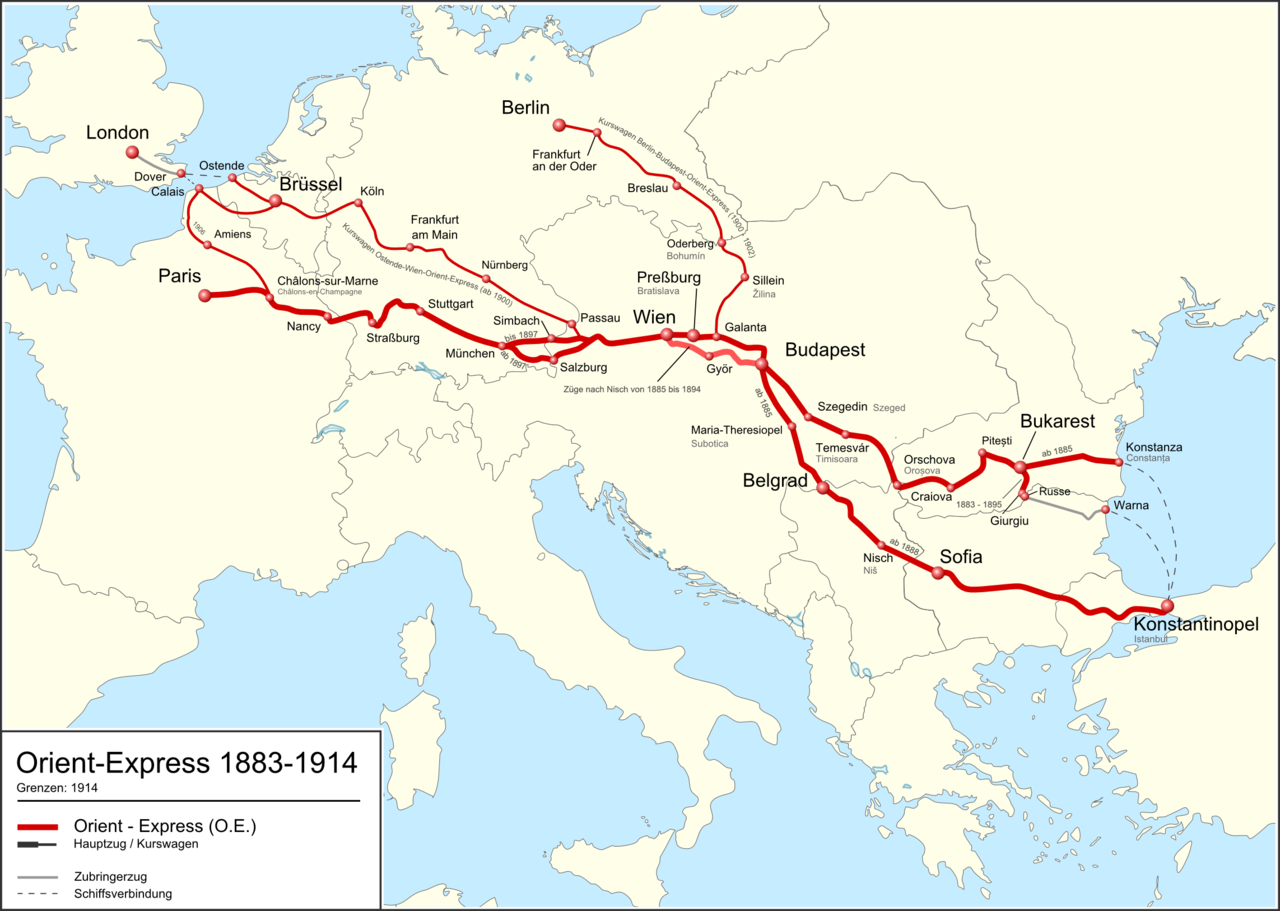



帕加马/别迦摩(希腊语:Πέργαμος;现代土耳其语:Bergama)是安纳托利亚古国,现在是土耳其境内贝尔加马的一处历史遗迹。
别迦摩原是密细亚(安纳托利亚西北部)的一座古希腊殖民城邦,距爱琴海约26公里。城市本身坐落在巴克尔河北岸的一个海角上。在亚历山大大帝的东征之后,地中海地区进入了所谓希腊化时代,别迦摩则在继业者战争之后变成了一个由独立王公统治的王国。在阿塔罗斯王朝(前282年~前129年)统治下,别迦摩一度成为一个相当强盛的国家。
Pergamon (altgriechisch τὸ Πέργαμον, das Pérgamon, seltener ἡ Πέργαμος, die Pérgamos; lateinisch Pergamum; heute Bergama) war eine antike griechische Stadt nahe der Westküste Kleinasiens in der heutigen Türkei, etwa 80 km nördlich von Smyrna (dem heutigen İzmir). Während des 3. und 2. Jahrhunderts v. Chr. war Pergamon Hauptstadt des Pergamenischen Reichs, das sich über große Teile des westlichen Kleinasiens erstreckte. Unter der kunstsinnigen Dynastie der Attaliden, die bestrebt war, ein neues Athen zu schaffen, wurde die Stadt zu einem der bedeutendsten Kulturzentren des Hellenismus. Nach einer antiken Legende wurde das nach Pergamon benannte Pergament in dieser Stadt erfunden. Tatsächlich war Pergamon ein Zentrum der Pergamentproduktion.
Pergamon lag am nördlichen Rand einer Ebene, die von dem Fluss Kaïkos (dem heutigen Bakırçay) gebildet wurde. Die Bebauung erhebt sich zu Füßen, an den Hängen und auf der Hochfläche der Akropolis, deren Kern aus einem etwa 335 Meter hohen, tafelbergförmigen Massiv aus Andesitgestein besteht. Der Burgberg fällt nach Norden, Osten und Westen sehr steil ab, während die Südseite über drei natürliche Absätze einen flacheren Übergang zur Ebene bildet. Westlich durchfließt der Selinus (heute Bergamaçay) an der Akropolis vorbei die Stadt, im Osten fließt der Ketios (heute Kestelçay).
Pergamon (/ˈpɜːrɡəmən/ or /ˈpɜːrɡəmɒn/), or Pergamum (/ˈpɜːrɡəməm/) (Ancient Greek: τὸ Πέργαμον or ἡ Πέργαμος), was a rich and powerful ancient Greek city in Aeolis. It is located 26 kilometres (16 mi) from the modern coastline of the Aegean Sea on a promontory on the north side of the river Caicus (modern-day Bakırçay) and northwest of the modern city of Bergama.
During the Hellenistic period, it became the capital of the Kingdom of Pergamon under the Attalid dynasty in 281–133 BC, who transformed it into one of the major cultural centres of the Greek world. Many remains of its impressive monuments can still be seen and especially the outstanding masterpiece of the Pergamon Altar.[1] Pergamon is cited in the Book of Revelation as one of the seven churches of Asia.
The city centres around a 335 metre high mesa of andesite, which formed its acropolis. This mesa falls away sharply on the north, west and east sides, but three natural terraces on the south side provide a route up to the top. To the west of the acropolis, the Selinus river (modern Bergamaçay) flows through the city, while the Cetius (modern Kestelçay) passes by to the east.
Pergame (en grec Πέργαμον / Pérgamon, littéralement « citadelle », en latin Pergamum) est une ancienne ville d'Asie Mineure, en Éolide située au nord de Smyrne, au confluent du Caïque et du Cétios, à environ 25 km de la mer Égée. À l'heure actuelle, son nom est Bergama (Turquie, province d'Izmir).
Pergamo è un'antica città dell'Asia Minore, nell'Eolide (verso il sud-est della Troade e sud della Misia; e verso il nord dell'Ionia e nord-ovest della Lidia), posta a poca distanza dalla costa del Mar Egeo, su di una collina (l'Acropoli di Pergamo) che costituisce la principale località archeologica dell'area. La città attuale è nota col nome di Bergama (Turchia, Provincia di Smirne).
La città ebbe una fioritura in età ellenistica, quando divenne capitale dell'omonimo regno, raggiungendo il massimo splendore sotto la dinastia illuminata degli Attalidi (283-133 a.C.). La città divenne un importantissimo centro artistico, considerata quasi una seconda Atene ellenistica. In seguito divenne parte dell'Impero romano. Viene citata nell'Apocalisse di Giovanni come una delle sette chiese dell'Asia.
La antigua ciudad de Pérgamo (griego Πέργαμος) se hallaba situada en el noroeste de Asia Menor (actual Turquía), a 30 km de la costa del mar Egeo y frente a la isla de Lesbos, en la región llamada Eólida. Sus ruinas rodean a la actual ciudad de Bergama, construida sobre los cimientos de lo que fue la parte baja de Pérgamo.
En 2014, la Unesco eligió a Pérgamo como Patrimonio de la Humanidad.1
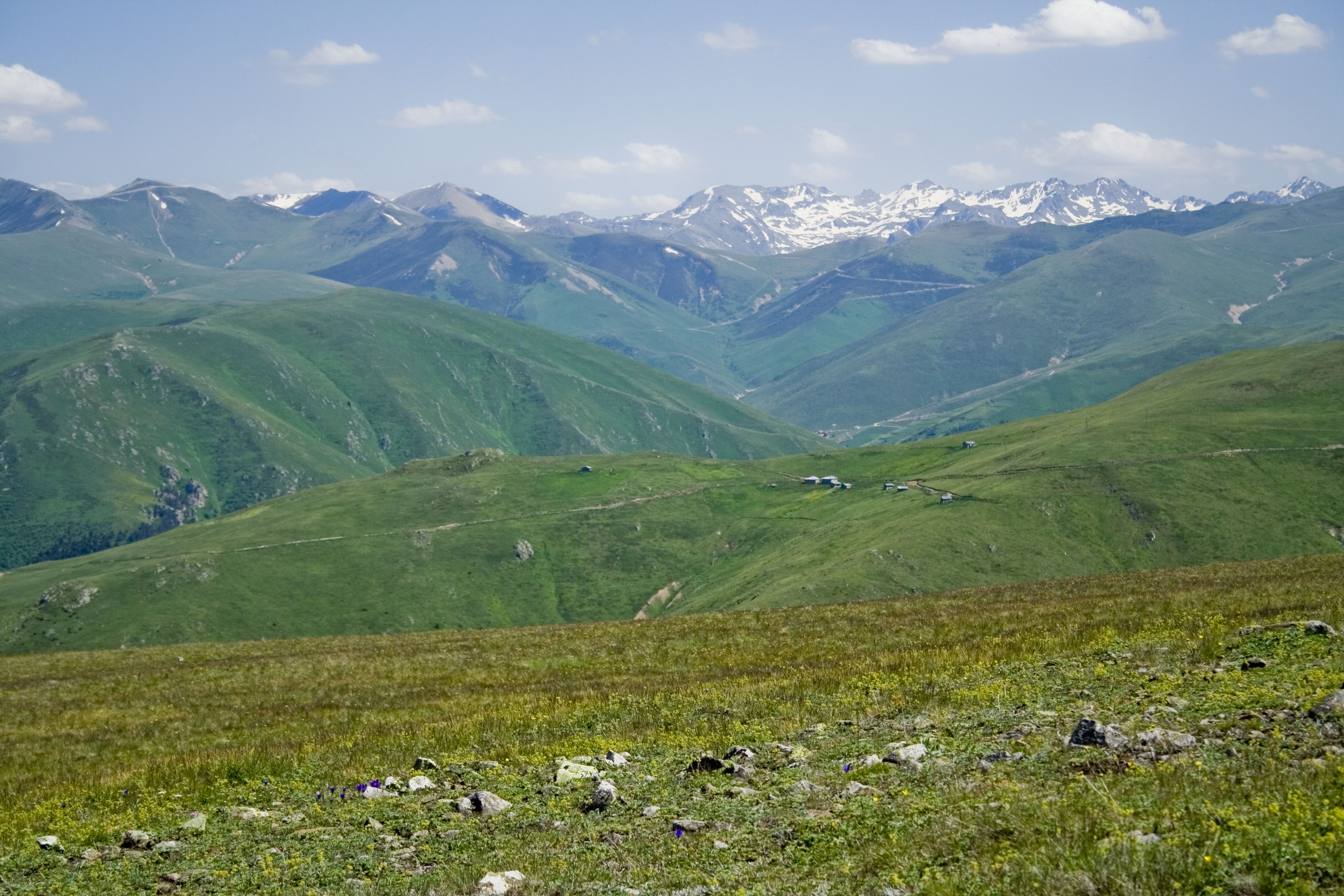

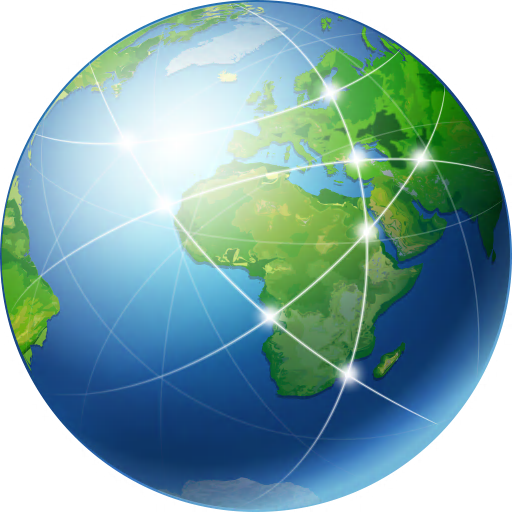 Geography
Geography

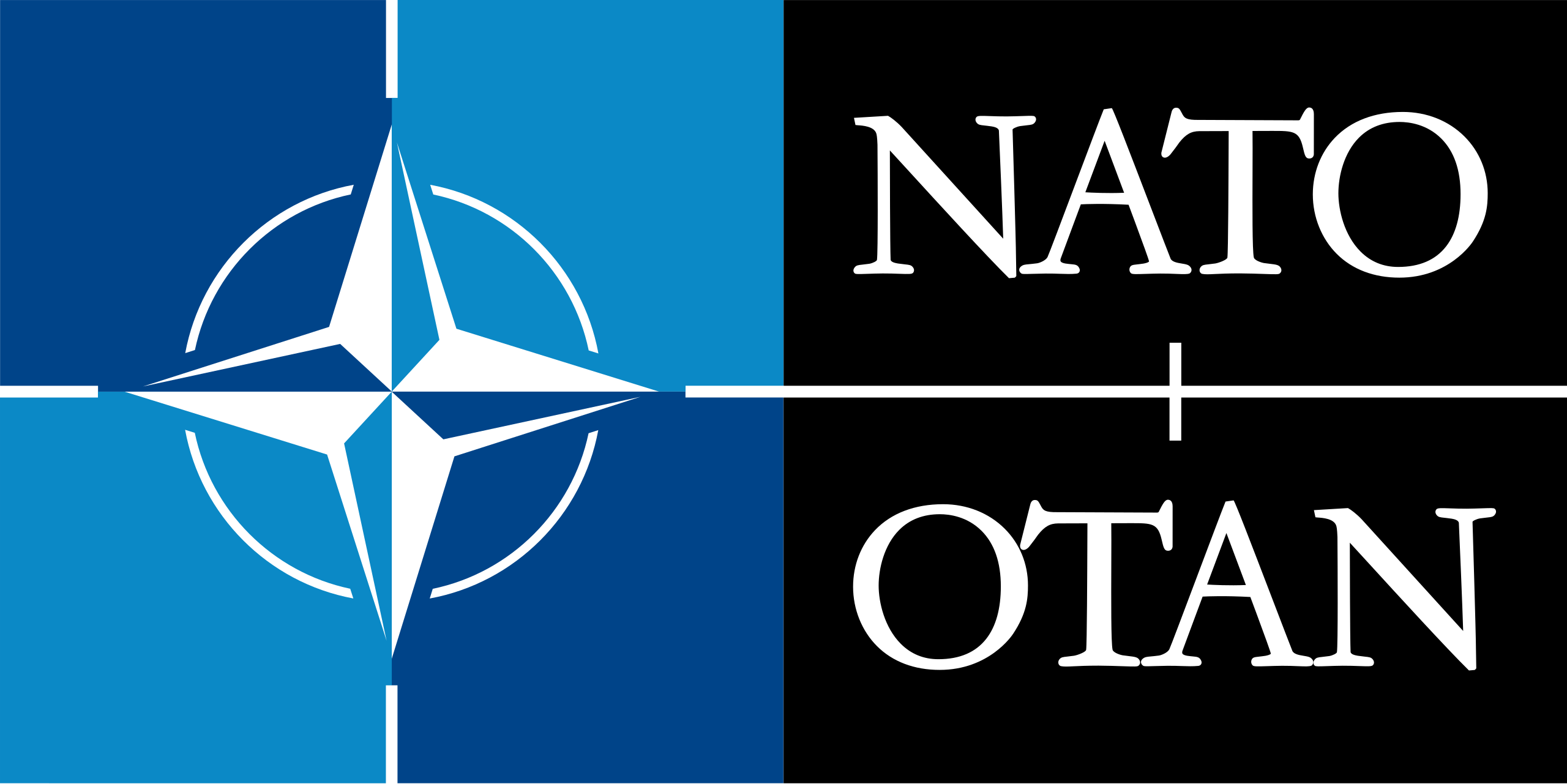 Mitglieder der NATO
Mitglieder der NATO

 Party and government
Party and government
 Group of the twenty most important industrial and emerging countries
Group of the twenty most important industrial and emerging countries

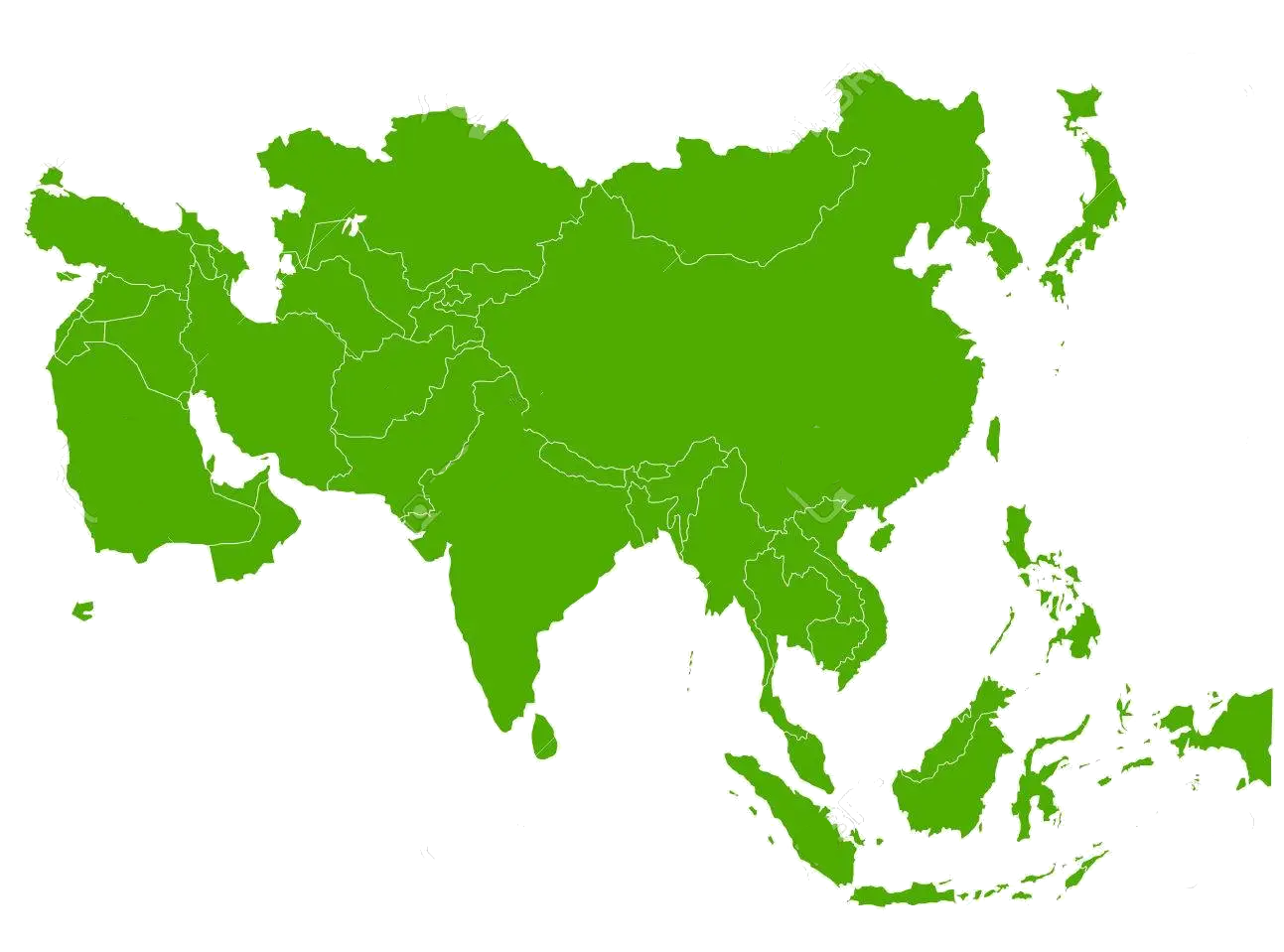 States of Asia
States of Asia
 Turkey
Turkey
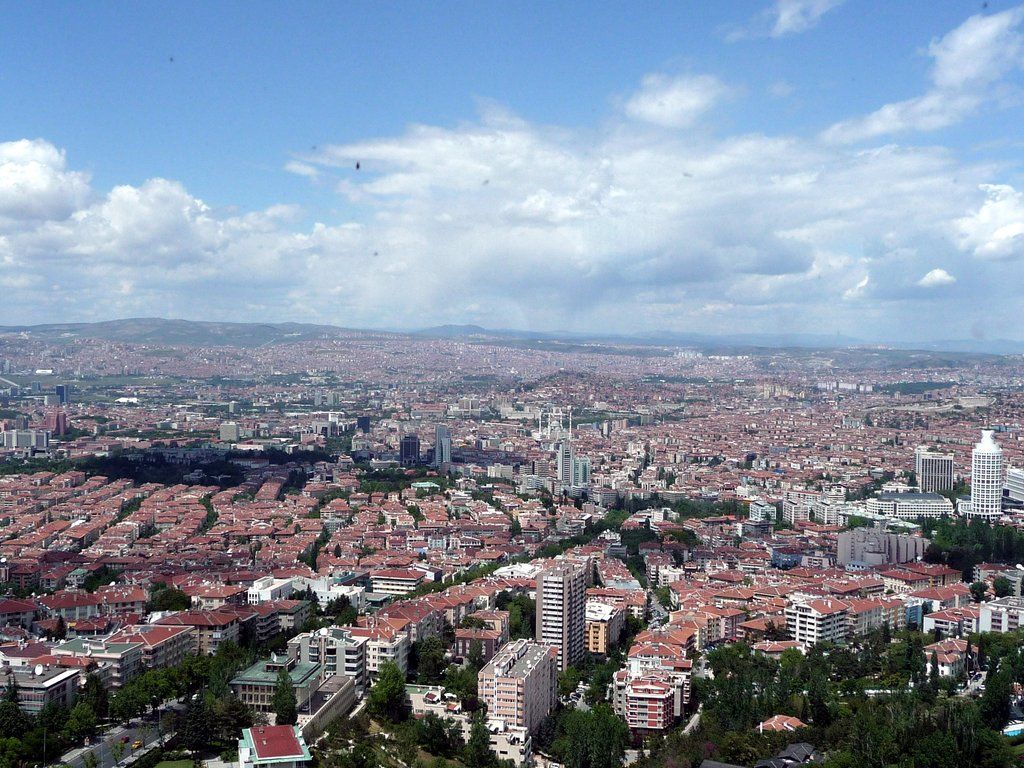
Die Türkei (amtlich Türkiye Cumhuriyeti (T.C.), deutsch Republik Türkei) ist ein Einheitsstaat im vorderasiatischen Anatolien und südosteuropäischen Ostthrakien. Das Land ist seit seiner Gründung im Jahr 1923 als Nachfolgestaat des Osmanischen Reiches laizistisch und kemalistisch ausgerichtet. Der Staatsgründer Mustafa Kemal Atatürk leitete eine Modernisierung der Türkei durch gesellschaftliche und rechtliche Reformen nach dem Vorbild verschiedener europäischer Nationalstaaten ein. Der türkische Staat wird planmäßig bis zu den Wahlen im November des Jahres 2019 als parlamentarische Republik organisiert sein. Danach wird das Regierungssystem zu einem Präsidialsystem geändert. Nach einem Putschversuch im Juli 2016 haben die türkische Regierung und der Staatspräsident Erdoğan den Ausnahmezustand verhängt.
Geographisch wird das Land meist in sieben Regionen mit abweichendem Klima aufgeteilt. Die Türkei hat gut 78,7 Millionen Einwohner (2015) auf einer Fläche von 783.562 km². Im Ballungsraum von Istanbul lebt knapp ein Fünftel der türkischen Bevölkerung, daneben gibt es weitere Millionenstädte wie die Hauptstadt Ankara, Izmir, Bursa, Adana, Gaziantep, Konya, Antalya und Diyarbakır. Der Grad der Urbanisierung lag 2015 bei etwa 73 Prozent.[6] In der Türkei gibt es 16 UNESCO-Welterbestätten und zahlreiche Naturschutzgebiete.

 *Mediterranean Sea
*Mediterranean Sea
 Egypt
Egypt
 Algeria
Algeria
 Belgium
Belgium
 Bulgaria
Bulgaria
 Germany
Germany
 France
France

 History
History
 H 1000 - 500 BC
H 1000 - 500 BC

 History
History
 J 0 - 500 AD
J 0 - 500 AD

 History
History
 I 500 - 0 BC
I 500 - 0 BC
 Israel
Israel
 Italy
Italy
 Jordan
Jordan
 Croatia
Croatia
 Libanon
Libanon
 Libya
Libya
 Morocco
Morocco
 Netherlands
Netherlands
 Portugal
Portugal

 Review
Review
 Romania
Romania
 Switzerland
Switzerland
 Serbia
Serbia
 Spain
Spain
 Syria
Syria

 Traditions
Traditions
 Tunisia
Tunisia
 Turkey
Turkey
 Hungary
Hungary
 United Kingdom
United Kingdom

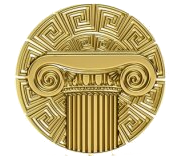 Civilization
Civilization
 Cyprus
Cyprus

Als römische Architektur bezeichnet man die Baukunst der Römer zur Zeit der römischen Republik und der Kaiserzeit. Die römische Architekturgeschichte umfasst damit einen Zeitraum von etwa neun Jahrhunderten (500 v. Chr.–400 n. Chr.). Die Epochen der römischen Architektur werden nach einzelnen Herrschern, Dynastien oder retrospektiv formulierten historischen Zeitabschnitten benannt. Die seitens der Klassischen Archäologie geprägten Epochen- oder Stilbegriffe finden keine Entsprechungen in der schriftlichen antiken Überlieferung, entsprechen also nicht antiker Wahrnehmung und Einteilung.
古罗马建筑(英语:Ancient Roman architecture),是指由古罗马人创造并且扩展到地中海沿岸其所控制疆域的一种新风格的建筑艺术,经常简称为罗马建筑(英语:Roman architecture)。它直接继承了古希腊晚期的建筑成就,而且将其向前大大推进,使之在1到3世纪达到奴隶制时代全世界建筑的顶峰[1][2]。在西方学术界传统上特指古罗马共和国与帝国时期的建筑[3],中文学术界定义较为宽泛,有时可以包括前期的伊特鲁里亚建筑[4],也可以包括分裂之后的西罗马帝国建筑[2],但是一般不包含东罗马帝国建筑。
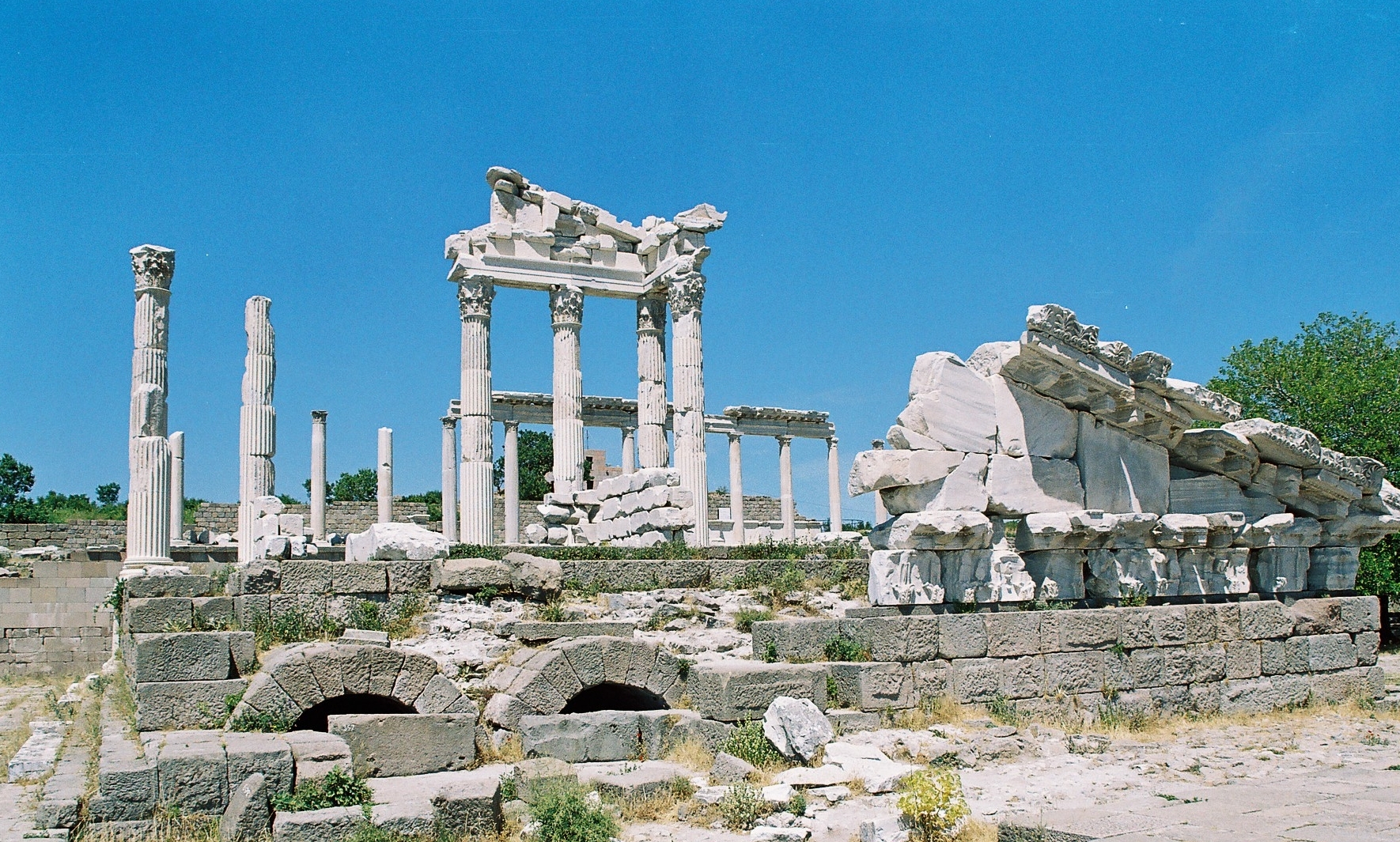
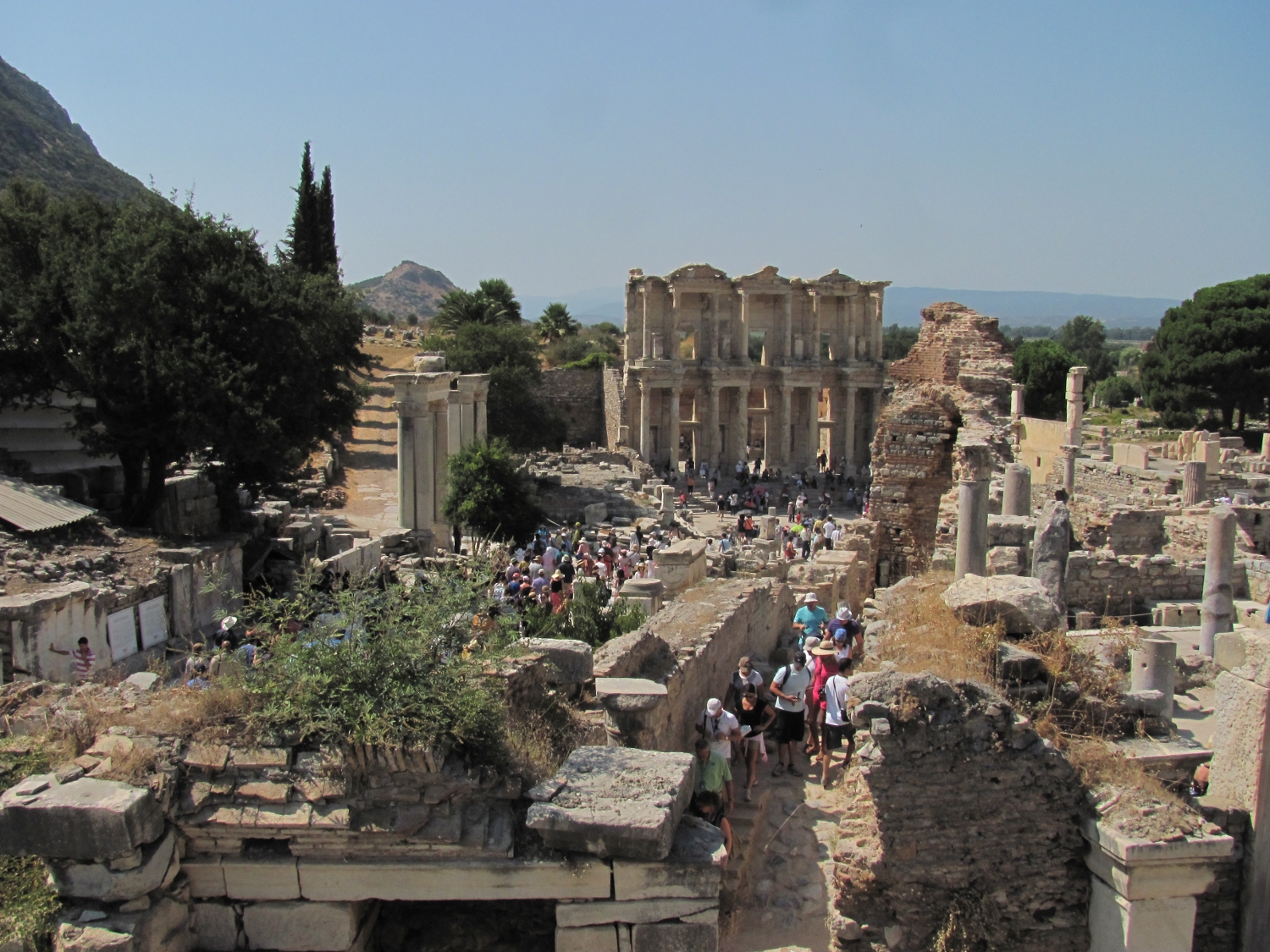
 Economy and trade
Economy and trade
 Transport and traffic
Transport and traffic
 Architecture
Architecture
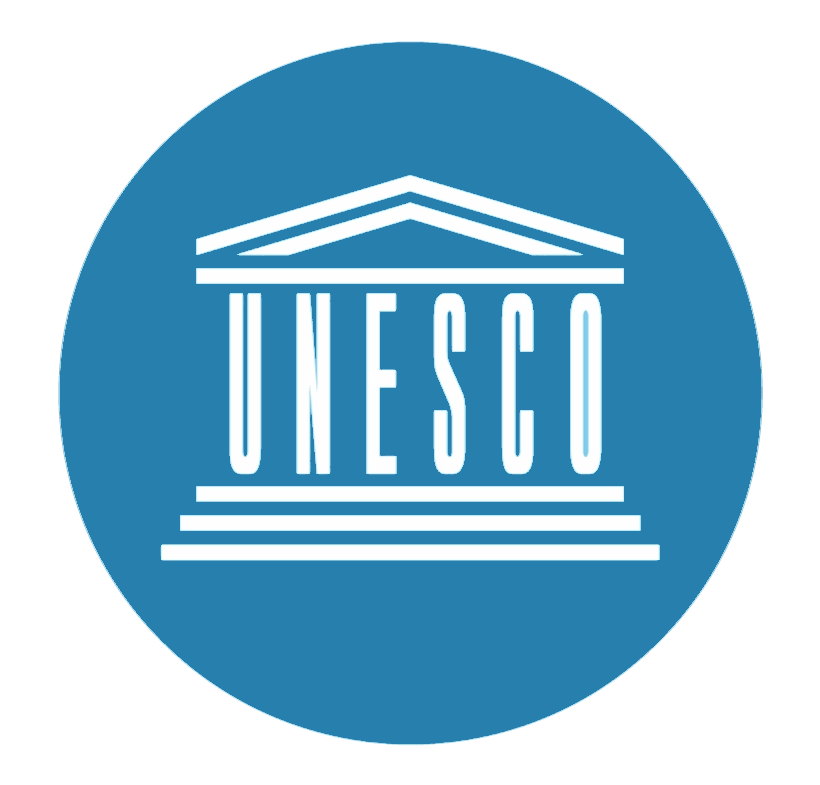 World Heritage
World Heritage
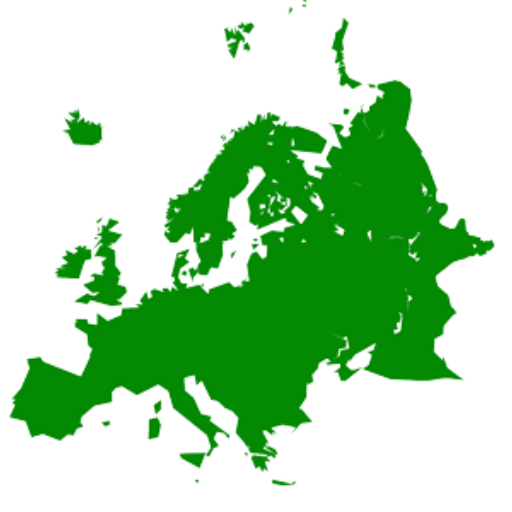 States of Europe
States of Europe
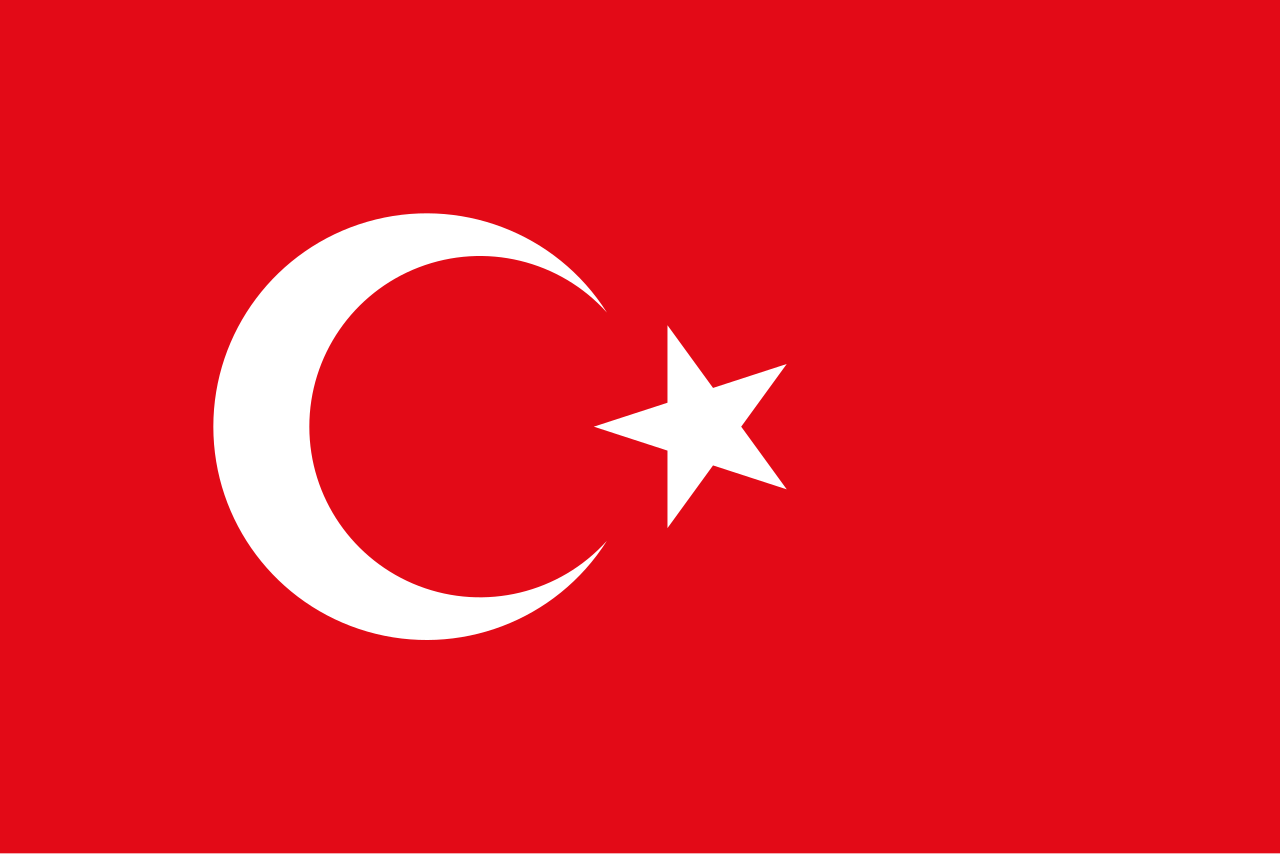

 Eat and Drink
Eat and Drink